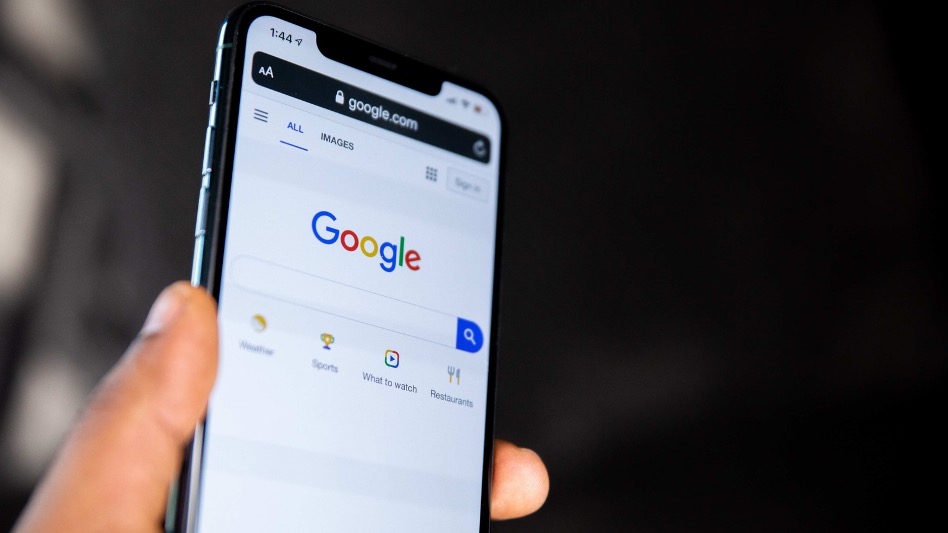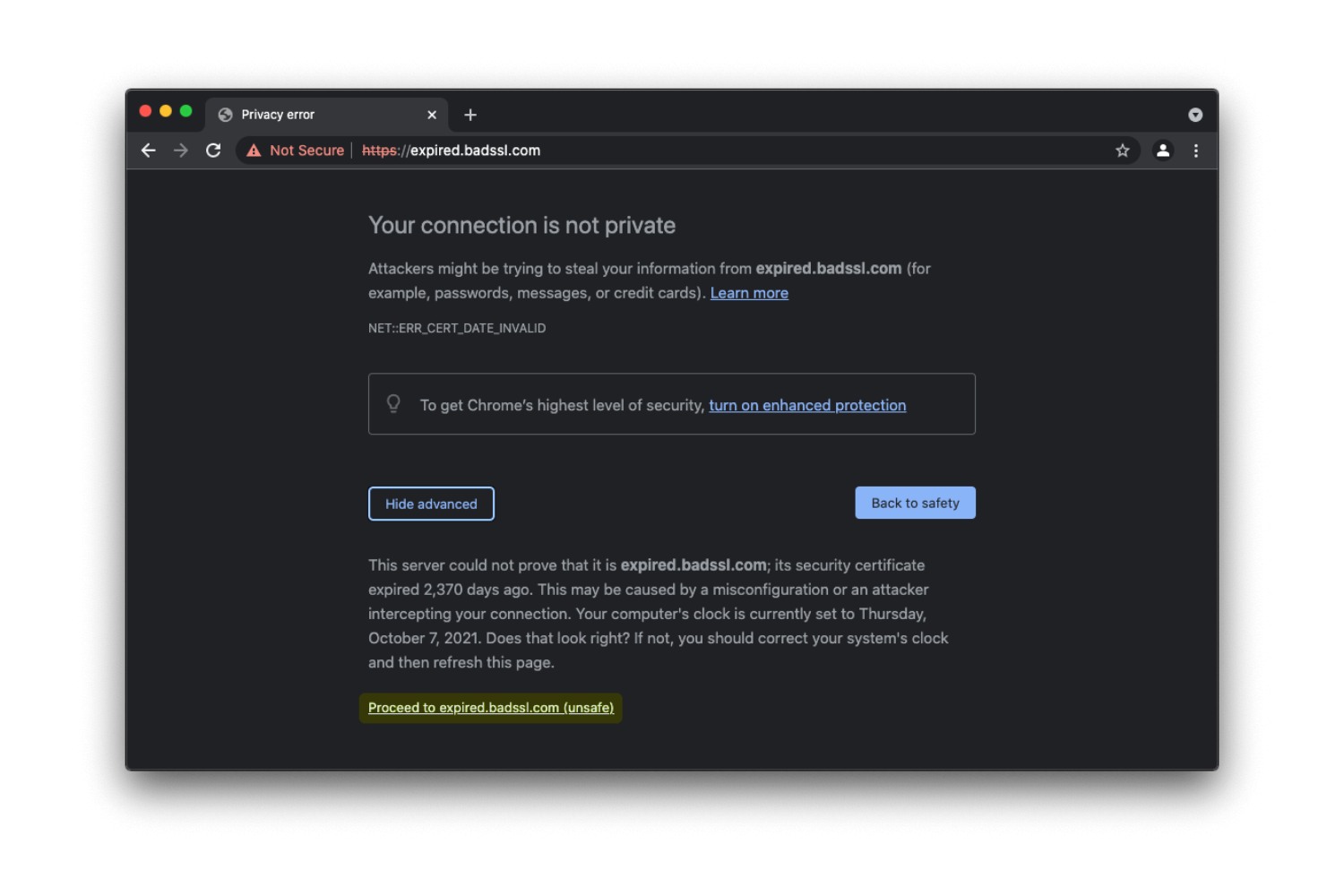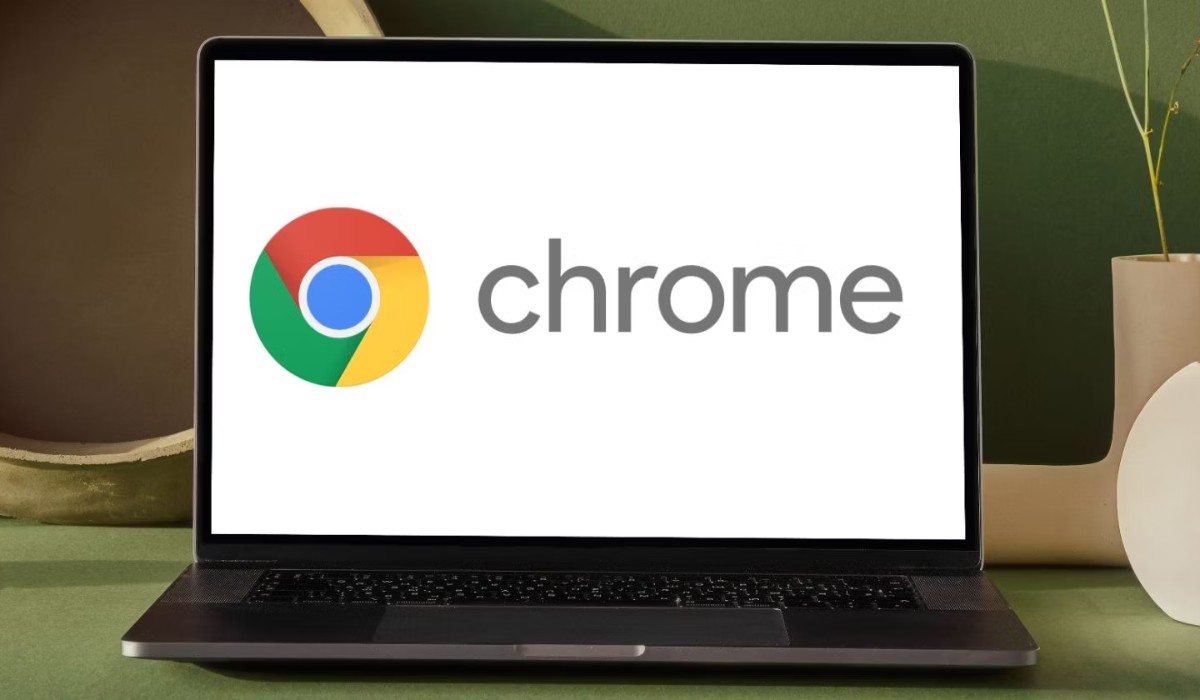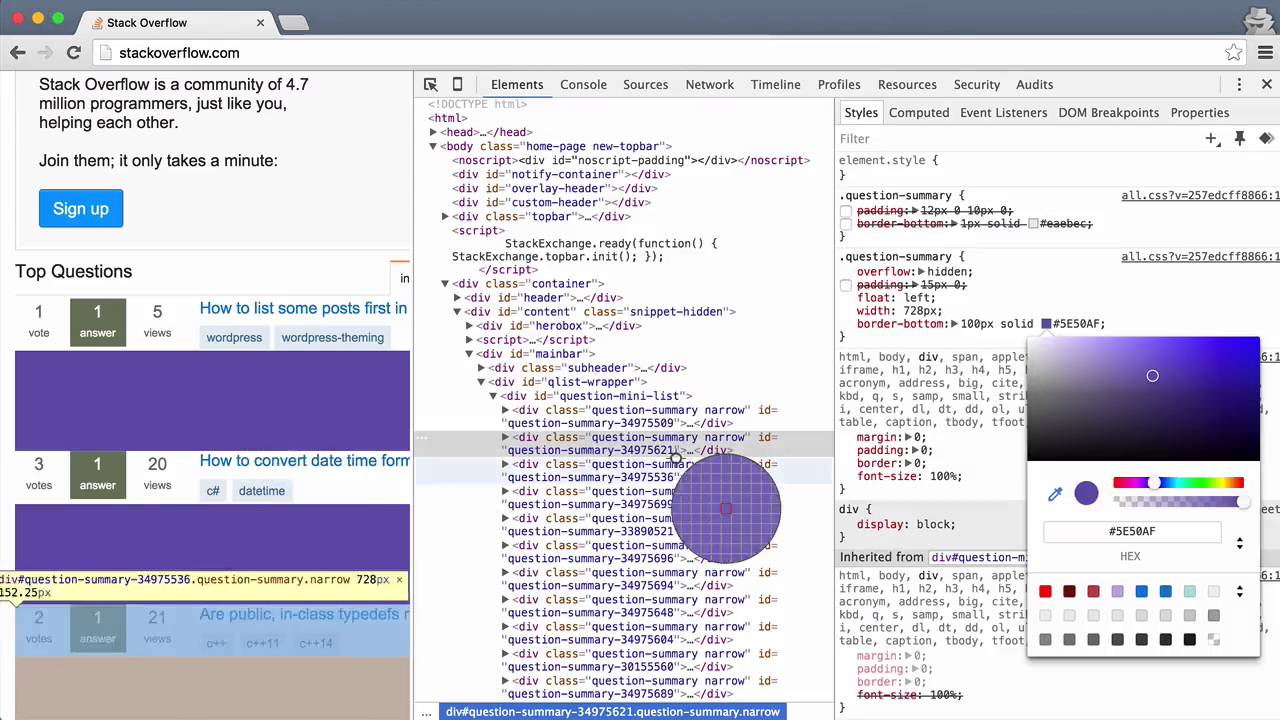Introduction
In today's digital age, web browsing has become an integral part of our daily lives. Whether we're conducting research, shopping online, or connecting with others, the internet serves as a gateway to a wealth of information and experiences. As we navigate the vast online landscape, we rely on web browsers to facilitate our interactions with websites and web applications. Among the myriad browsers available, Google Chrome stands out as a popular choice, offering a user-friendly interface and a host of features designed to enhance the browsing experience.
However, while Chrome excels in many aspects, it also incorporates security measures to safeguard users from potential threats. One such security feature is the blocking of mixed content on websites. This raises the question: What exactly is mixed content, and why does Chrome block it? Furthermore, for those who wish to allow mixed content in Chrome, what steps can be taken to do so?
In this article, we will delve into the concept of mixed content, explore the reasons behind Chrome's blocking of such content, and provide a comprehensive guide on how to allow mixed content in Chrome. By gaining a deeper understanding of these aspects, users can navigate the web with greater flexibility while maintaining a balance between security and accessibility. Let's embark on this journey to unravel the intricacies of mixed content and empower ourselves to make informed decisions when it comes to browsing the web with Google Chrome.
What is Mixed Content?
Mixed content refers to a combination of secure (HTTPS) and non-secure (HTTP) elements that are integrated into a single web page. When a website is accessed via a secure connection (HTTPS), all the content displayed on the page should also be served securely to ensure the integrity and confidentiality of the data being transmitted between the user's browser and the website's server. This includes images, scripts, stylesheets, and other resources.
However, in some cases, a web page may contain elements that are loaded over an insecure connection (HTTP), even though the page itself is being served securely. This creates a mixed content scenario, where both secure and non-secure resources are being loaded within the same page.
Mixed content can manifest in various forms, such as images, audio or video files, scripts, iframes, and stylesheets that are sourced from non-secure origins. While the main page may be delivered over HTTPS, the inclusion of insecure resources poses potential security risks, as they can be vulnerable to interception or modification by malicious entities.
It's important to note that modern web browsers, including Google Chrome, prioritize user security and privacy. As a result, they actively identify and block mixed content to prevent potential security threats and maintain the integrity of secure connections.
Understanding the concept of mixed content is crucial for both website developers and end users. Developers need to ensure that all resources loaded on their secure web pages are also served securely, while users should be aware of the implications of mixed content and how it can impact their browsing experience and online safety.
By comprehending the nature of mixed content and its implications, individuals can make informed decisions when creating or accessing web content, thereby contributing to a safer and more secure online environment.
Why Does Chrome Block Mixed Content?
Google Chrome, like other modern web browsers, prioritizes user security and privacy. When a web page is loaded over a secure connection (HTTPS), Chrome expects that all the resources, such as images, scripts, stylesheets, and other elements, should also be served securely. However, if the page contains mixed content, where some resources are loaded over an insecure connection (HTTP), it poses potential security risks.
Chrome blocks mixed content to uphold the integrity of secure connections and protect users from various security threats. When non-secure resources are included within a secure page, they are susceptible to interception or modification by malicious entities. This vulnerability can be exploited to inject malicious code, tamper with the content, or eavesdrop on user interactions, compromising the confidentiality and integrity of the data being transmitted.
By blocking mixed content, Chrome ensures that users are not exposed to such security risks when browsing the web. This proactive approach aligns with Chrome's commitment to maintaining a secure and trustworthy browsing environment for its users. Additionally, by encouraging website owners to adhere to best practices for serving content securely, Chrome contributes to the overall improvement of web security standards.
It's important to note that Chrome's decision to block mixed content is part of a broader effort to promote the widespread adoption of HTTPS and reinforce the security of web communications. As the internet landscape continues to evolve, the enforcement of secure connections becomes increasingly crucial in safeguarding user privacy and mitigating the risks associated with online activities.
By understanding the rationale behind Chrome's blocking of mixed content, users can appreciate the browser's proactive stance on security and privacy. This knowledge empowers individuals to make informed decisions when interacting with web content and reinforces the importance of maintaining secure connections for a safer browsing experience.
In summary, Chrome blocks mixed content to mitigate potential security vulnerabilities, uphold the integrity of secure connections, and foster a more secure web ecosystem. This proactive approach aligns with Chrome's commitment to user safety and contributes to the ongoing efforts to enhance web security standards.
How to Allow Mixed Content in Chrome
Allowing mixed content in Chrome involves adjusting the browser settings to permit the display of non-secure resources on secure web pages. While Chrome's default behavior is to block mixed content for security reasons, users may encounter scenarios where they need to override this restriction. Here's a step-by-step guide on how to allow mixed content in Chrome:
-
Accessing Site Settings: To begin, navigate to the website where mixed content is being blocked. Look for the padlock icon or "Not secure" label in the address bar, indicating that the site contains mixed content. Click on the padlock icon to access the site information and settings.
-
Site Settings Menu: Within the site information panel, locate and click on the "Site settings" option. This will open a dedicated settings menu for the specific website, allowing you to customize various permissions and preferences.
-
Mixed Content Setting: In the site settings menu, scroll down to find the "Insecure content" or "Mixed content" setting. By default, this setting is configured to block mixed content. Click on the dropdown menu next to it to reveal the available options.
-
Allow: Select the "Allow" option from the dropdown menu to override the default behavior and permit the display of mixed content on the website. This action instructs Chrome to load non-secure resources within the secure page, effectively bypassing the default blocking mechanism.
-
Confirmation: After selecting the "Allow" option, the site settings will be updated to reflect the change. You may also notice the padlock icon or "Not secure" label in the address bar adjusting to indicate that mixed content is now allowed for the specific website.
-
Verification: To confirm that mixed content is successfully allowed, reload the web page and verify that all resources, including non-secure elements, are now being displayed without any blocking notifications from Chrome.
By following these steps, users can override Chrome's default blocking of mixed content for specific websites, allowing non-secure resources to be loaded within secure pages. It's important to exercise caution when allowing mixed content, as doing so may introduce potential security risks. Therefore, users should only permit mixed content on trusted websites and remain vigilant when interacting with such content.
Empowered with the knowledge of how to allow mixed content in Chrome, users can navigate the web with greater flexibility while maintaining awareness of the security implications associated with mixed content. This understanding enables individuals to make informed decisions when encountering mixed content scenarios and contributes to a more comprehensive approach to web browsing security.
Conclusion
In conclusion, the concept of mixed content and its implications play a significant role in shaping the browsing experience for users of Google Chrome and other modern web browsers. By understanding the reasons behind Chrome's blocking of mixed content and learning how to allow it when necessary, individuals can navigate the web with a balanced approach that prioritizes both security and accessibility.
The proactive stance of Chrome in blocking mixed content underscores the browser's commitment to maintaining a secure and trustworthy environment for its users. By enforcing the adherence to best practices for serving content securely, Chrome contributes to the ongoing improvement of web security standards, thereby fostering a safer online ecosystem.
However, there are instances where users may need to override Chrome's default blocking of mixed content, such as when accessing trusted websites that incorporate non-secure resources within secure pages. In such cases, the ability to allow mixed content provides users with the flexibility to access the desired content while being mindful of the potential security risks associated with mixed content.
By following the step-by-step guide to allow mixed content in Chrome, users can make informed decisions and take control of their browsing experience. It's important to exercise caution and only permit mixed content on trusted websites, as doing so may introduce potential security vulnerabilities. Additionally, staying informed about the implications of mixed content and its impact on web security empowers individuals to navigate the online landscape with vigilance and awareness.
As the internet continues to evolve, the balance between security and accessibility remains a key consideration for both users and website developers. The ongoing efforts to promote the widespread adoption of HTTPS and reinforce the security of web communications reflect the collective commitment to enhancing online safety and privacy.
In essence, the ability to allow mixed content in Chrome represents a nuanced approach to web browsing, where users can leverage the browser's security features while making informed decisions based on their specific needs and circumstances. By embracing this balanced approach, individuals contribute to a safer and more secure web environment, where the integrity of secure connections is upheld without compromising accessibility.
In summary, the journey to unravel the intricacies of mixed content and its interaction with Google Chrome empowers users to navigate the web with confidence, awareness, and a deeper understanding of the dynamic interplay between security and accessibility in the digital realm.

























